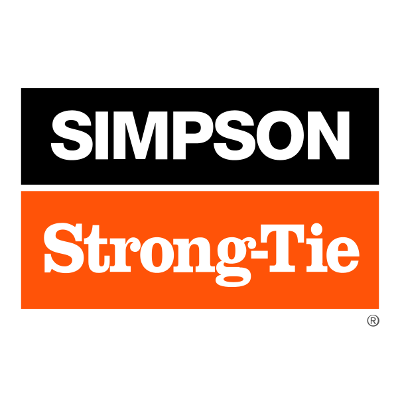jar546
Forum Coordinator
We have an issue where elevated beach walkovers are subject to hot, humid, salty sea air 24/7/365 and an occasional storm surge with spraying salt water. What this means is that historically, those that used galvanized bolts, washers, nuts, connectors, and joist hangars have experienced a very, very short life span. Basically, hot-dipped galvanized products simply don't work well at all in this application. Stainless steel is the way to go. However, I can't find any code requirements that would specify stainless over galvanized.
Is there a section of the code I am missing, or are there any pending changes that address issues like this?
Is there a section of the code I am missing, or are there any pending changes that address issues like this?


